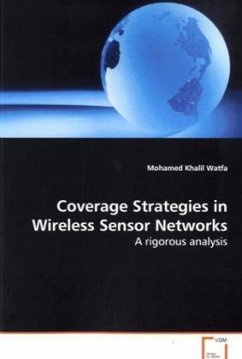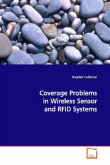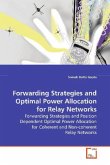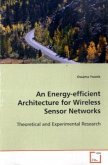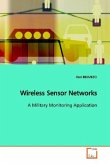A wireless sensor network (WSN) is a network of
distributed nodes, each equipped with sensors,
computational elements, and transceivers. These
networks are able to sense a desired phenomenon over
a large geographic region and communicate this
information back to the user or to a sink. While the
use of these networks has been demonstrated, their
full capabilities have not been realized, primarily
due to the lack of efficient algorithms for self
organization and fault tolerant operation. A
fundamental issue in the deployment of a large scale
WSN is the ability of the network to cover the
region of interest. While it is important to know if
the region is covered by the deployed sensor nodes,
it is of even greater importance to determine the
minimum number of these deployed sensors that will
still guarantee coverage of the region. This issue
takes on added importance as the sensor nodes have
limited battery power. In this book, the coverage
problem in a three dimensional space is rigorously
analyzed and the minimum number of sensor nodes and
their placement for complete coverage is determined.
distributed nodes, each equipped with sensors,
computational elements, and transceivers. These
networks are able to sense a desired phenomenon over
a large geographic region and communicate this
information back to the user or to a sink. While the
use of these networks has been demonstrated, their
full capabilities have not been realized, primarily
due to the lack of efficient algorithms for self
organization and fault tolerant operation. A
fundamental issue in the deployment of a large scale
WSN is the ability of the network to cover the
region of interest. While it is important to know if
the region is covered by the deployed sensor nodes,
it is of even greater importance to determine the
minimum number of these deployed sensors that will
still guarantee coverage of the region. This issue
takes on added importance as the sensor nodes have
limited battery power. In this book, the coverage
problem in a three dimensional space is rigorously
analyzed and the minimum number of sensor nodes and
their placement for complete coverage is determined.

